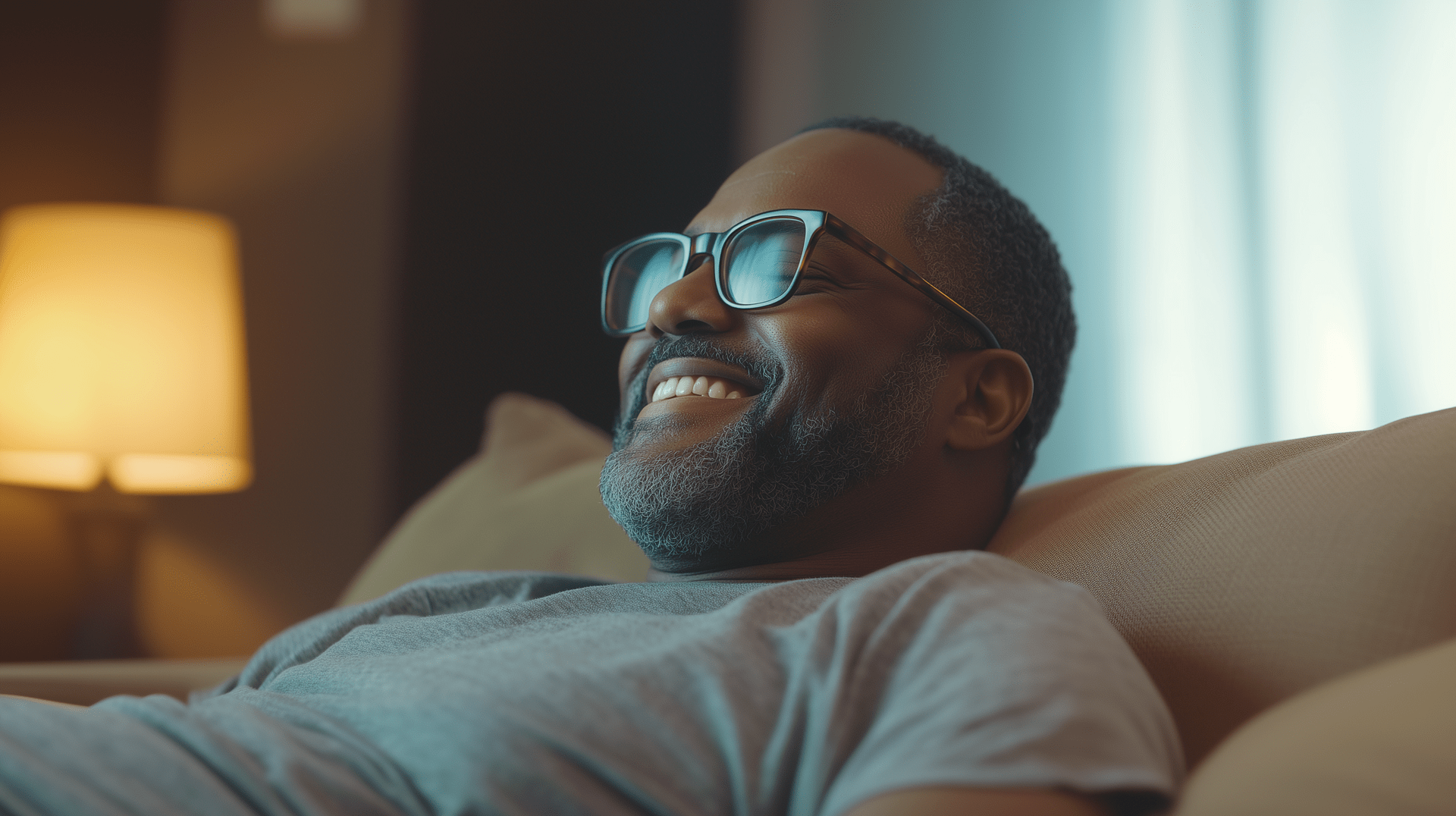Quantifying the power of music
Weber Shandwick approached us to come up with a novel methodology for conducting an experiment on the effects of music. Sonos, their client, wanted to highlight the availability of Apple Music on Sonos smart speakers, a perfect opportunity to also prove the value of listening out loud.
During a two week field study, we equipped thirty homes around the world with gear to monitor movement and bio metrics. During the first week, participants were not allowed to listen to music out loud, and the second week, they could crank it up as they pleased. This gave us the opportunity to measure the true effects of playing music out loud. The participants were installing all the gear themselves, making it crucial for us to create a solid setup guide.
Gear:
109 Apple Watches
150 Sonos speakers
210 ibeacons
Apple watches were used to track participant activity during their time at home. Heart rate in bpm, activity through steps, calories burnt and movement of the gyroscope.
In order to see the effects of playing music out loud on the household as a whole, we also needed to see how people moved about in their homes. To do this, ibeacons were dispersed across the homes, allowing us to approximate the household members positions, and also the distance between them.
In order to see the effects of playing music out loud on the household as a whole, we also needed to see how people moved about in their homes. To do this, ibeacons were dispersed across the homes, allowing us to approximate the household members positions, and also the distance between them.
Working together with Sonos development team, we put all the speakers on a beta version of their software, which allowed us to get data on songs played, duration and timestamps. This was later synced to an album API to distil genres and listening patterns.
To connect all the above, a custom iOS app was built. The app sent us data from the devices in real-time over Google Cloud. It also gave participants a glimpse of their current status and a way to troubleshoot if there were errors.

We processed the data in two steps. First, our data scientist worked to clear the data set of noise and erroneous data, such as when people were out of the home or when two people were interacting but one was not wearing their watch. To process the cleaned data we built a simple data visualization tool that also doubled as a report for select journalist to access and make sense of.
Is this new study from Sonos and Apple the future of science?
– Forbes
The experiment turned out to be a huge success. Showing that people playing music out loud at home on average spent more time together, that they spent more time in the kitchen together and also that they were slightly more active in the bedroom :/. The PR campaign resulting from the initiative had a reach of over 2.2 billion impressions and registrations of new Apple Music subscribers were 18x higher than during launches of similar services.
